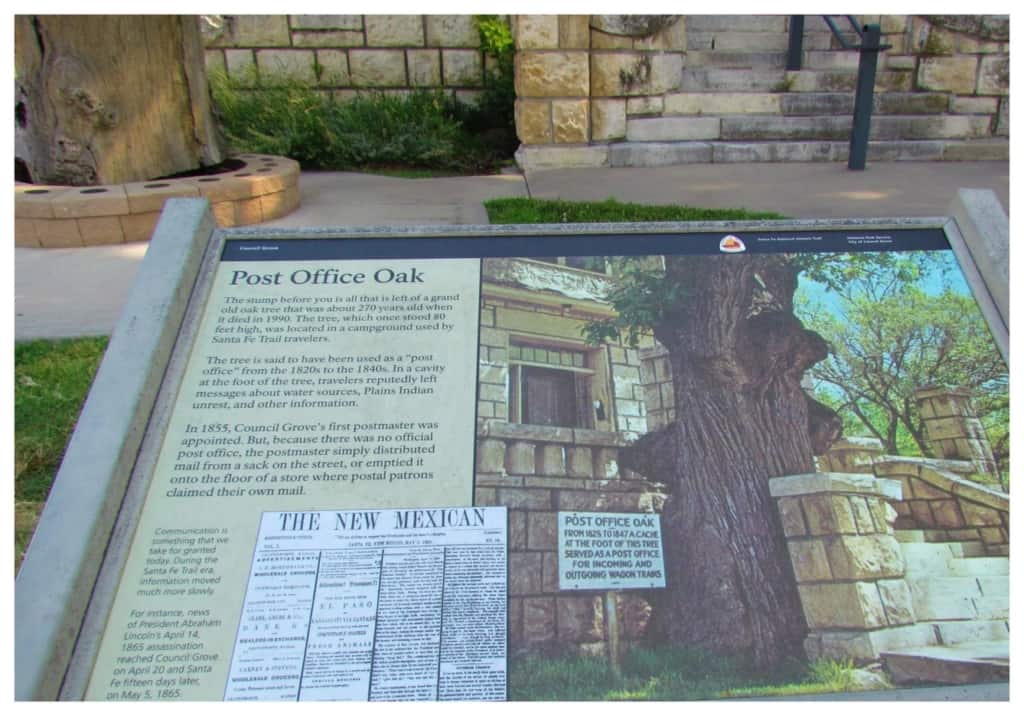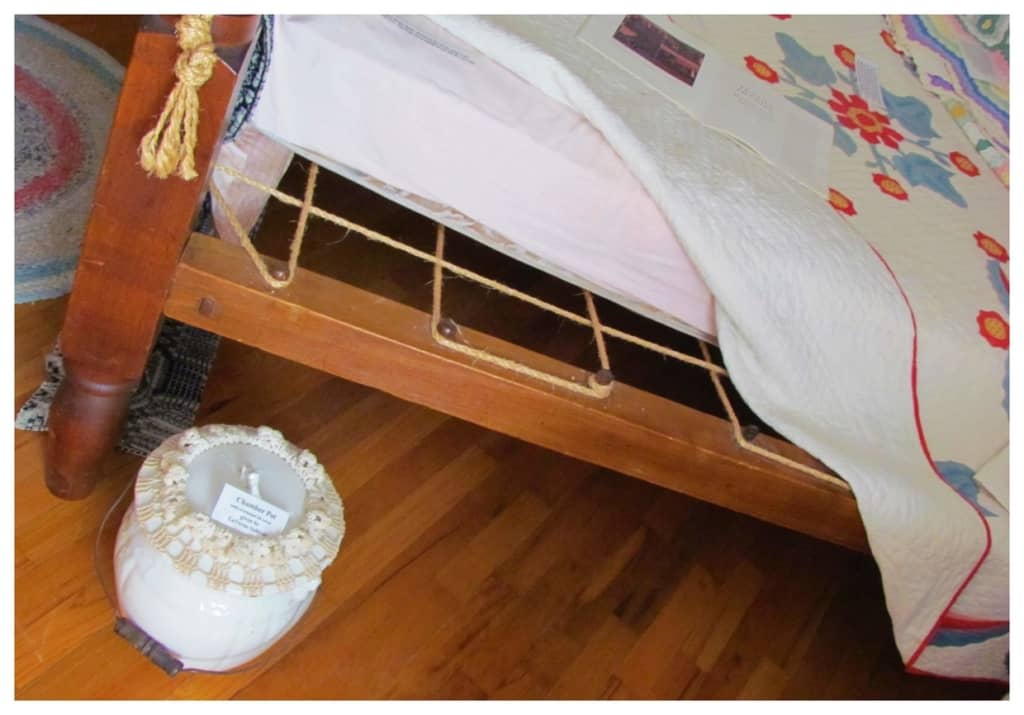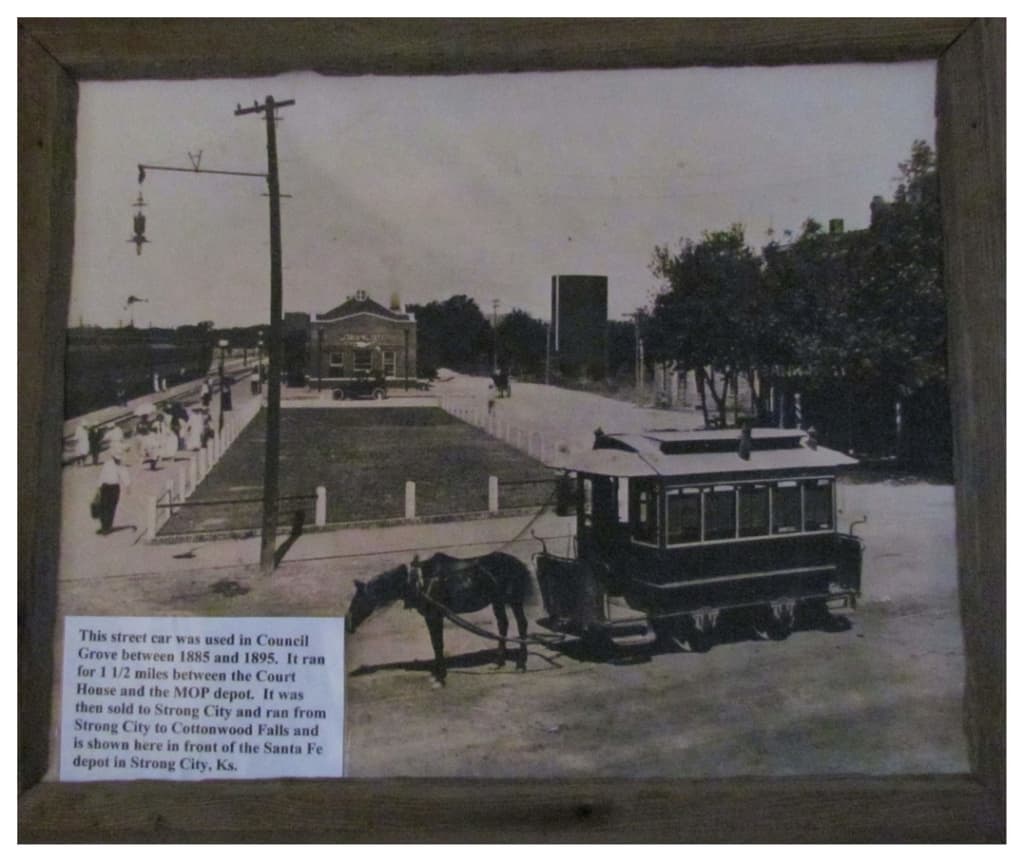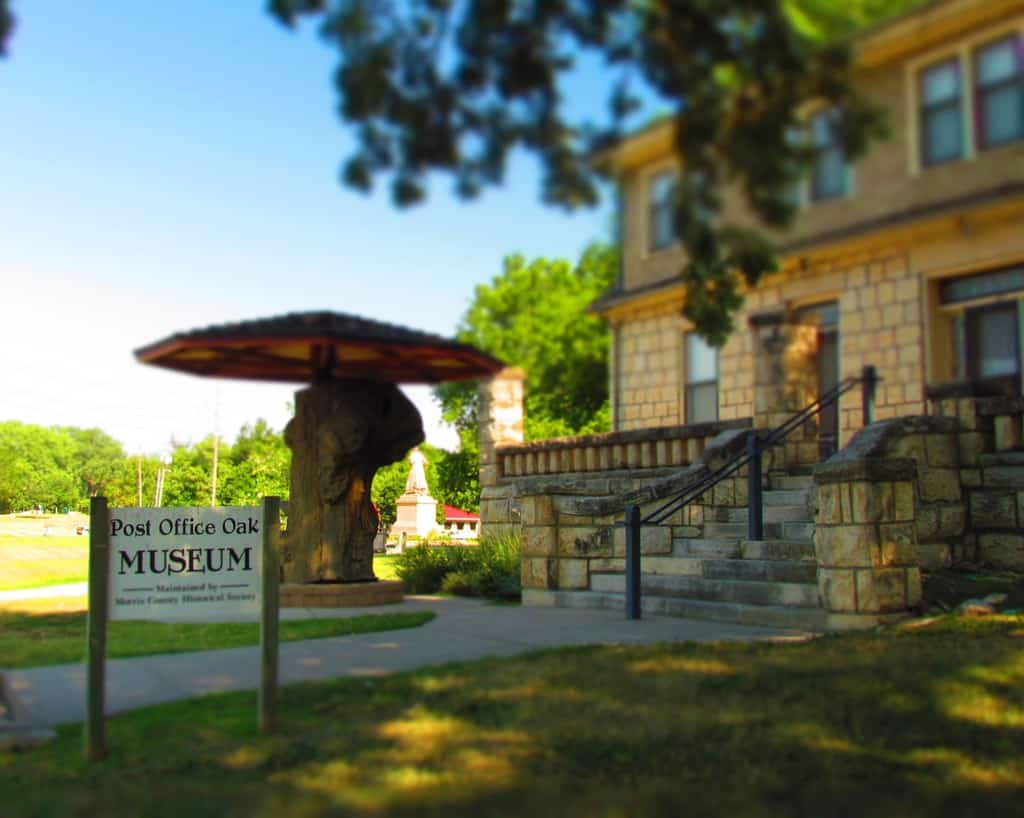
Council Grove, Kansas is a town that we have heard mentioned many times over the years, but had never visited. Like many small to mid-sized towns, it is filled with the history and stories of the people who persevered in the harsh environment of life on the prairie. In 1541, Coronado crossed the Neosho River on the site that is now Council Grove. The town is one of the last areas to be home to stands of hardwood, which was a vital commodity for pioneers heading west. The oak trees would supply fuel for fires, raw timber for wagon repairs, and some welcome shade prior to their departure. The town’s name comes from a meeting of U.S. representatives and the leaders of the Osage tribes, who gathered under the “Council Oak”. The 1825 treaty they struck, provided for safe passage along the Santa Fe Trail heading southwest from the area. This monumental event cemented Council Grove as the main rendezvous point for wagon trains heading out onto the prairie.
Centuries of History
Seth Hays, a great-grandson of Daniel Boone, was one of the first settlers to the region. In 1847, he opened a trading post, which became the first permanent building in what would become Council Grove. We would find that many sites in the town have a link to Seth Hays. The township grew over the next decade, and in 1855 a post office was established. To many in those days, a post office was a requirement for a town to be considered official. The Council Grove Post office sat in the shade of a 135 year old stately oak. This tree would continue to thrive for another 135 years, before finally passing in 1990. Prior to the addition of the building, the oak tree was used as a drop off point for messages heading east or west along the trail.

Simpler Times
We have found that one of the best ways to get your bearings in a new destination is to visit the local history museum. It not only offers a glimpse into the past, but will usually tell the story of the citizens through the ages. Of course, there are also lots of interesting pieces of memorabilia to observe. No matter how many museums of this type we visit, there always seems to be some new pieces we have yet to discover. Learning the background story around them is what makes each exhibit unique.

A prime example is this bed, which is what would have been used in many pioneer homes. These days we are all used to a set of box springs and mattress, but life was a little less comfortable in the 1800’s. It would be commonplace to have a mattress stuffed with hay or straw that rested on a rope lattice. Periodically the user would need to tighten the sagging ropes. We are sure that the mattress filling would be a little less enjoyable than the memory foam versions of today. These displays make us remember how thankful we should be for modern conveniences. Even the air mattresses used during camping would be considered an improvement.

Familiar, Yet Unfamiliar
In the kitchen, we discovered many pieces that look familiar. Some of these we have seen in other museums, and a few are even items we may have used in our childhood. Most would be devices that our grandparents used as children. Once again the idea of convenience was brought to mind. Who can imagine cooking on a wood burning stove three times per day? I guess even this would be considered a luxury as people headed out onto what was once considered the Great American Desert.

Life on the Plains
For pioneers, life was filled with all sorts of danger. Among these was the threat of attacks from nearby Indian tribes. On numerous occasions the residents would have to fend off or hide from attacks. A plaque on the outside wall describes one such event in 1864. Later, we would tour the basement area where they hid for safety. It would certainly have been a frightening time. Not long after, in June of 1868, the town would receive its final Indian scare. Around 400 Cheyenne Indians would descend upon Council Grove, but passed through harmlessly. Their final intenet was to clash with the Kanza Indians in what would later be called the Cheyenne Outbreak of Morris County.

We headed upstairs to what would have been the bedrooms. These days they are dedicated to holding a variety of displays donated by members of the Council Grove community. Like so many other museums, this creates a somewhat eclectic collection of items from past generations. One room held an assortment of medical devices, instruments, and equipment. Nearby, we found a room filled with personal effects from some affluent members of society. The dapper outfits would have been quite dashing as they strolled the streets at the turn of the century.

Getting Places
Public transportation has been a concern for many generations and it is just as true in smaller towns as it was in the big cities. Those living in farmsteads outside the city limits would have used horse drawn transportation, but not so for the town’s residents. We found this photo which detailed an early streetcar that served the townsfolk after the Civil War. These are the kind of tidbits that catch our attention and make us rethink how life must have been in those days.

Like so many towns and cities that sprang up along the western routes, getting the railroad’s attention was key to survival. In 1868, the Katy Railroad would build through the Morris County, which would become a driving force in bringing new residents to the area. Later, the Missouri Pacific Line would service the town. These days Council Grove has stabilized with a population around 2200 residents. In future articles, we will show you some of the 25 historical features of this town. With a ratio of one historic site for every 88 residents, this could make Council Grove the most historic place (per capita) to visit anywhere in the U.S. Time to start planning your own day trip (or even overnight-er) to see this jumping off point for the Santa Fe Trail.





